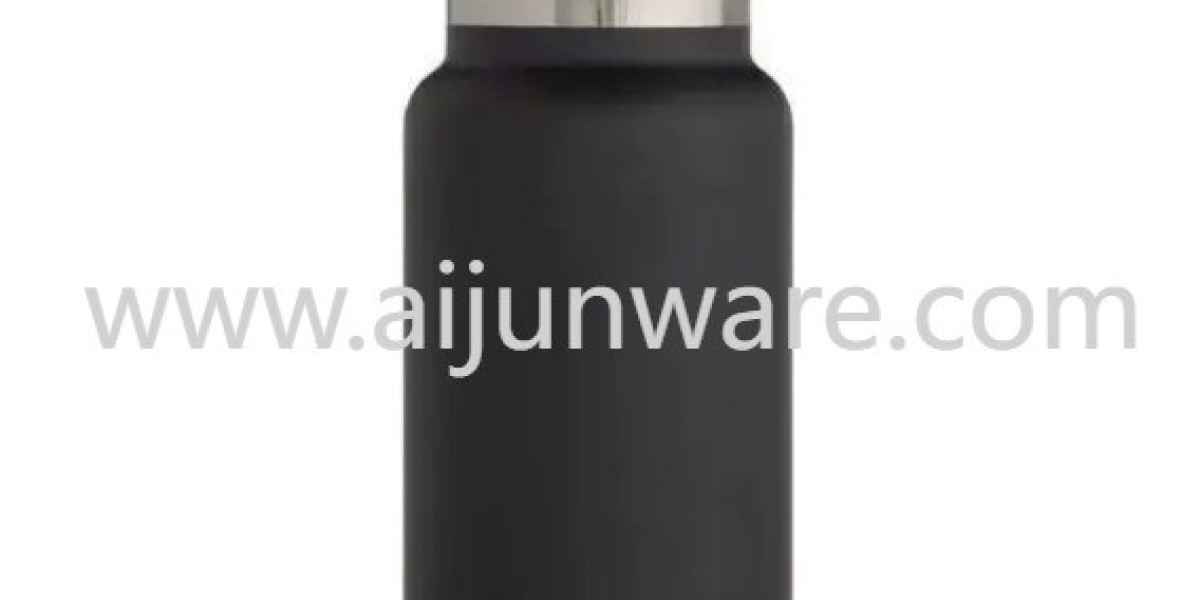In the context of growing environmental awareness and a collective shift towards more mindful consumption, our daily routines are undergoing scrutiny. The commute, a staple of modern life, presents numerous opportunities to reduce our ecological footprint, starting with what we drink. For many, the journey begins with a hot coffee or a refreshing beverage, often consumed from disposable containers that contribute significantly to landfill waste. This has led many drivers to seek a more sustainable solution for their travels, turning to a reliable Car Tumbler as an essential part of their vehicle's interior. This shift is not merely about personal convenience but represents a conscious step towards aligning daily habits with environmental values, reducing reliance on single-use plastics and paper cups that are frequently used during travel.
The environmental impact of disposable drink containers is considerable. From the resources expended in their production to the energy used for transportation and the lingering challenge of waste management, each single-use cup carries a hidden ecological cost. The choice to use a reusable alternative is a direct and effective response to this issue. It is a simple yet powerful action that, when adopted by many, can lead to a substantial reduction in waste. This is especially relevant for drivers who frequently utilize drive-through services or enjoy beverages while traveling, making a durable and reusable option both a practical and principled selection for life on the road.
When evaluating the sustainability of a product designed for repeat use, the materials from which it is constructed are of primary importance. Stainless steel is frequently chosen for its longevity and recyclability. A tumbler built from quality materials can serve for many years, ultimately representing a more resource-efficient choice compared to countless disposable alternatives. The manufacturing process itself is another area of consideration, with some brands placing a focus on responsible production methods that aim to minimize environmental impact, from reducing water usage to managing emissions.
Beyond the core material, the functional design of the tumbler plays a crucial role in its sustainable appeal. A secure, leak-proof lid is vital for vehicle use, preventing spills that could lead to waste and clean-up requiring more resources. Effective insulation is another key feature, maintaining the desired temperature of a beverage for hours. This capability means drinks can be prepared at home, reducing the frequency of commercial purchases that often come with disposable packaging, even if you bring your own cup for a fill-up. The size and form of the tumbler should also be considered; a profile that fits standard vehicle cup holders encourages consistent use, while a comfortable design makes it a preferred choice over less sustainable options.
The integration of a reusable tumbler into a driver's routine supports a more circular economy. It moves away from the linear model of ‘take, make, dispose' and towards a system where products are valued for their durability and long-term utility. This practice aligns with a growing cultural movement that prioritizes experiences and mindful ownership over fleeting convenience. It symbolizes a commitment to reducing personal waste and making choices that consider longer-term environmental health.
For individuals looking to make this change, the market offers a range of options that cater to different needs and aesthetic preferences. The goal is to find a product that feels personal and reliable, one that becomes a natural part of the daily commute. The act of selecting a specific tumbler can be influenced by its design, capacity, and how well it fits within an individual's lifestyle. For those curious about a selection that considers these various aspects of sustainable design, the offerings at www.aijunware.com provide a view into how functionality and environmental consideration can be integrated into products designed for the mobile individual.








